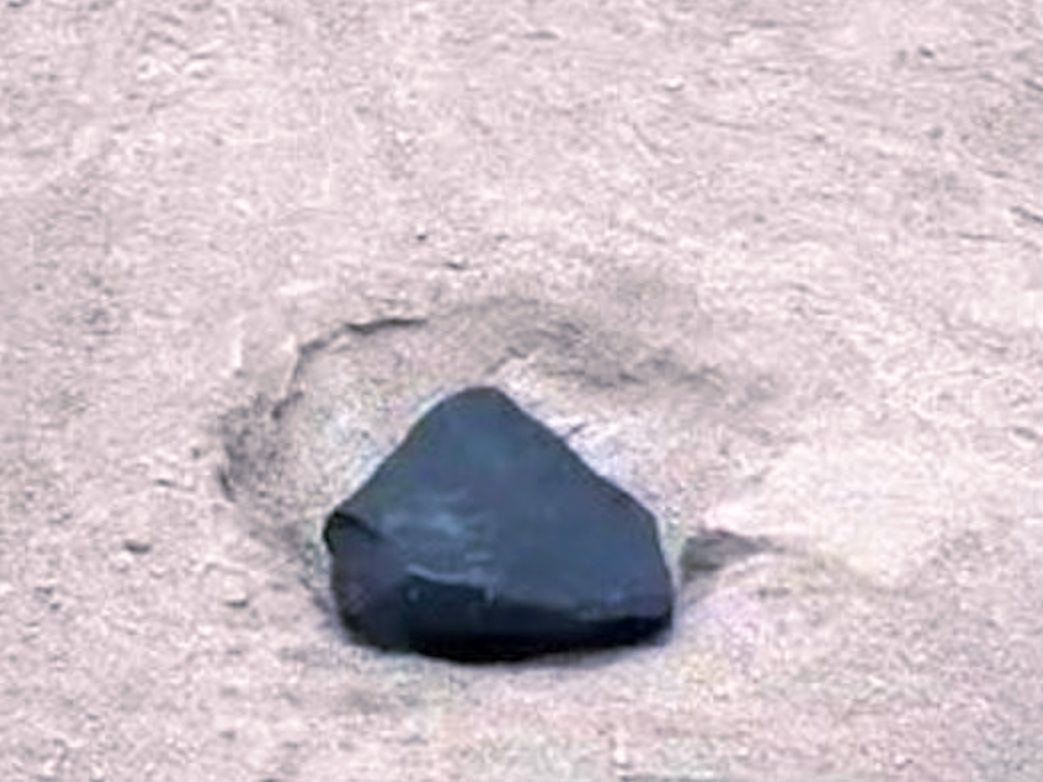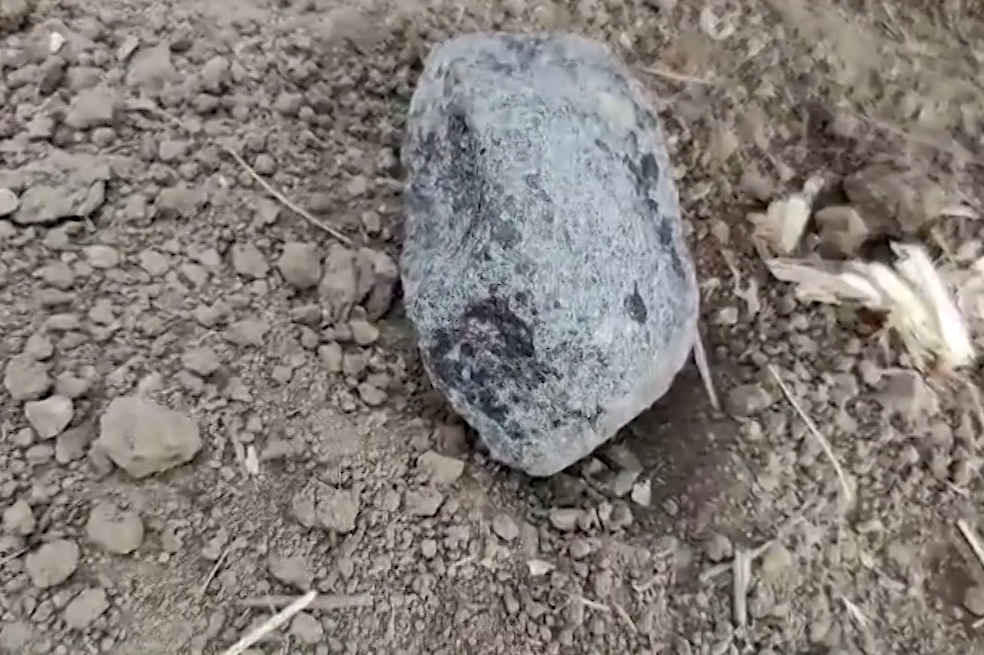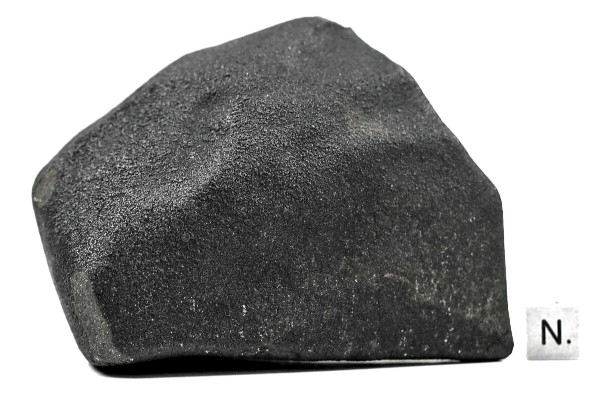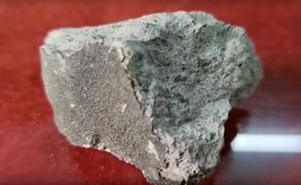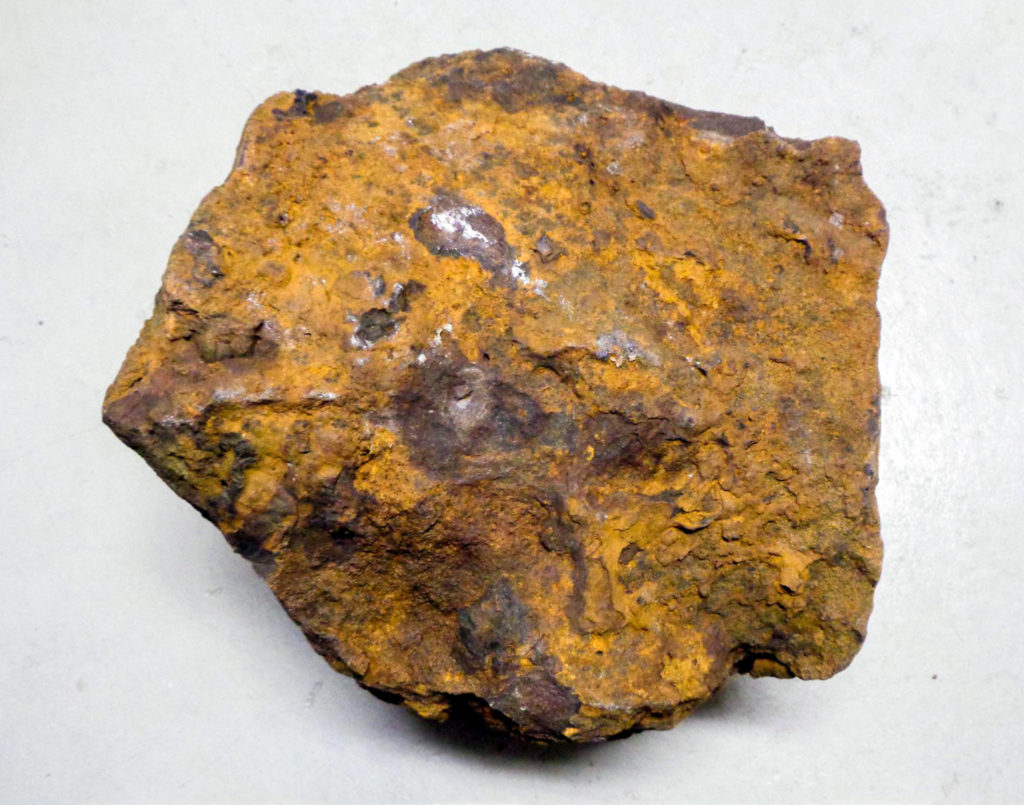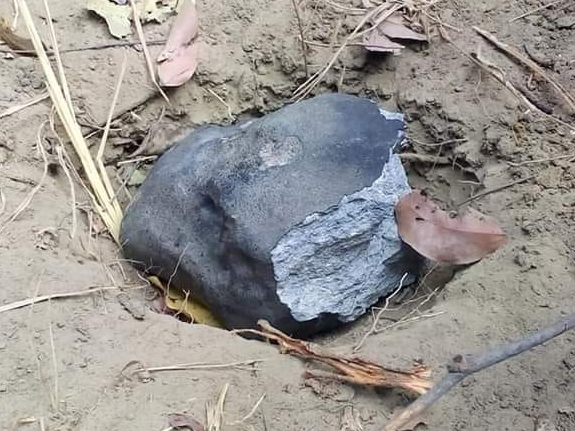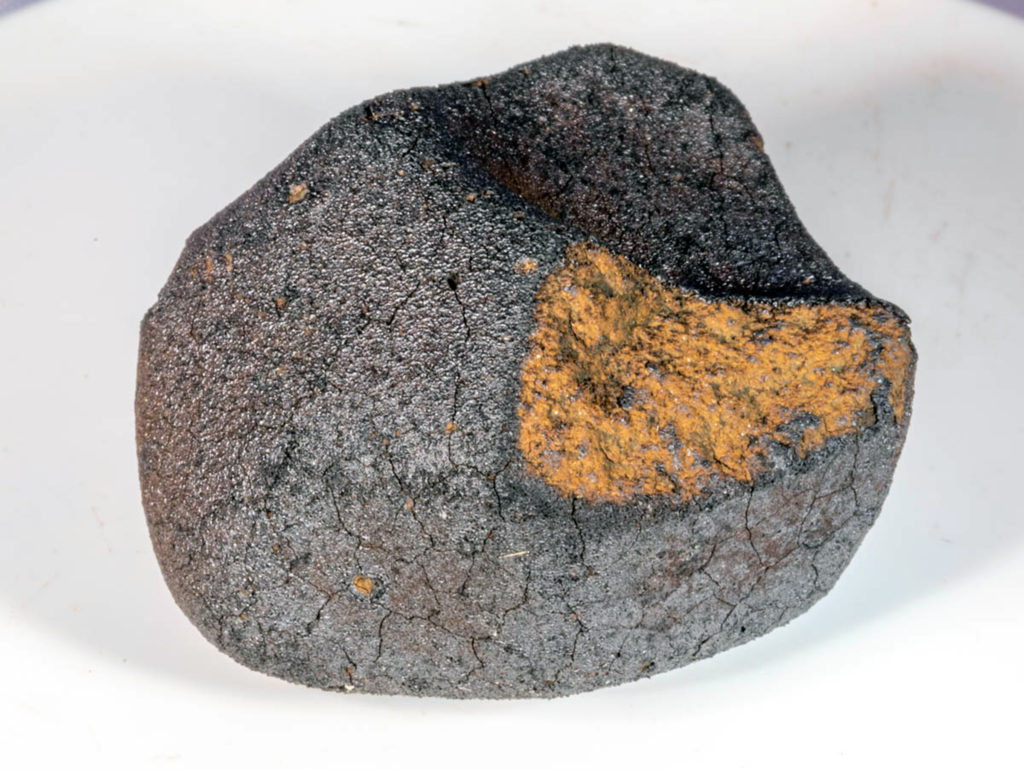Chondrules from high-velocity collisions: thermal histories and the agglomeration problemOPEN ACCESS
Nick Choksi, Eugene Chiang, Harold C. Connolly Jr., Zack Gainsforth, Andrew J. Westphal
Major revisions to agglomeration, connections made to Hayabusa2 and OSIRIS-REx. Minor updates to Sections 2.3 and 3.2 discussing the treatment of the nebular headwind in previous work, plus additional references. Last update: 30 Mar 2021. Final MNRAS accepted and proofed version of Chondrules as fallout from vaporizing impacts in the solar nebula
“We assess whether chondrules, once-molten mm-sized spheres filling the oldest meteorites, could have formed from super-km/s collisions between planetesimals in the solar nebula. High-velocity collisions release hot and dense clouds of silicate vapor which entrain and heat chondrule precursors. We show how chondrule thermal histories may be reproduced in sufficiently massive vapor clouds. What remains a mystery is how chondrules so dispersed into the nebula agglomerated en masse into meteorite parent bodies, either by assembling into new planetesimals or accreting onto existing ones. The same orbital eccentricities and inclinations that enable energetic collisions also cause planetesimals to shatter chondrules upon accreting them. While we cannot explain why planetesimal interiors are filled with round and intact chondrules, we do expect that planetesimal surfaces may be littered with their broken remains. The micron-sized igneous particles recovered from comet 81P/Wild-2 may thus have originated from in-situ collisions in the proto-Kuiper belt, obviating the need to transport thermally-processed solids across large nebular distances. Asteroid sample returns from Hayabusa2 and OSIRIS-REx may similarly contain micro-chondrule fragments.”

